Trusted by enterprises across the globe
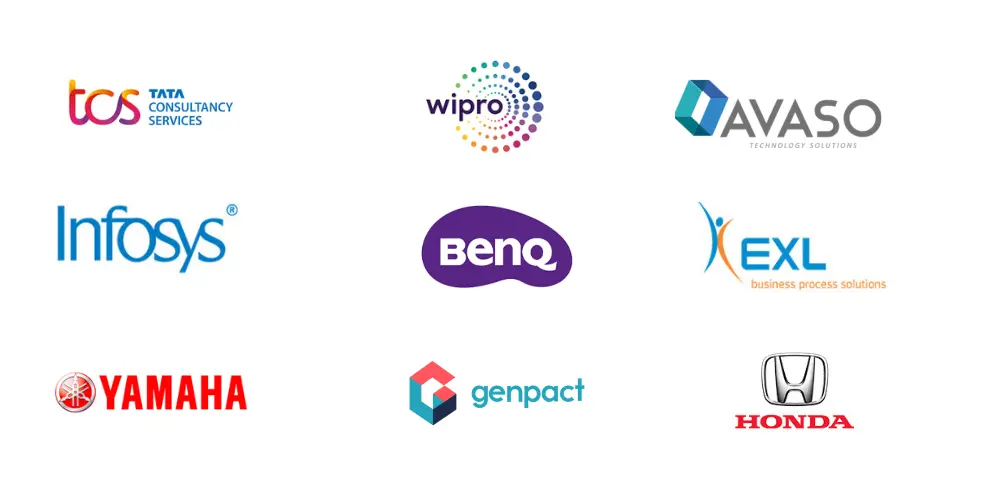

Designed for all your training needs

Flexible On-Demand Group Learning
Flexible, corporate learning for groups, accessible anytime, anywhere.

Instructor-Led Live, Online Training
Real-time, interactive classes taught by SME via web conferencing.

Independent Self-Paced Learning
Individual learning at your own speed, with access to digital materials.

Customized On-Site Training
Customized, face-to-face training sessions delivered at your location.
Curriculum Designed by Experts
AZ-304: Microsoft Azure Architect Design Corporate Training by Multisoft Virtual Academy is tailored for IT professionals and teams aiming to deepen their knowledge of Microsoft Azure architecture. This course helps participants learn how to design identity, security, data storage, business continuity, and infrastructure strategies in Azure environments. With expert instructors, real-time scenarios, and hands-on labs, your team will gain the confidence and competence to pass the AZ-304 exam and effectively design end-to-end Azure solutions.
Whether you're preparing your IT staff for cloud migration, improving infrastructure efficiency, or meeting enterprise compliance goals, this training supports your organization with scalable learning formats, post-training support, and corporate-level customization. Equip your workforce with industry-relevant skills that align with Microsoft’s latest architecture standards.
The AZ-304: Microsoft Azure Architect Design Online Training by Multisoft Virtual Academy is a comprehensive course designed to equip IT professionals with advanced knowledge and skills to design secure, scalable, and reliable solutions on Microsoft Azure. The training is structured to align with the latest certification standards and covers the following key modules:
Design for cost optimization
- Recommend a solution for cost management and cost reporting
- Recommend solutions to minimize costs
Design a solution for logging and monitoring
- Determine levels and storage locations for logs
- Plan for integration with monitoring tools including Azure Monitor and Azure Sentinel Recommend appropriate monitoring tool(s) for a solution
- Choose a mechanism for event routing and escalation
- Recommend a logging solution for compliance requirements
Design authentication
- Recommend a solution for single-sign on
- Recommend a solution for authentication
- Recommend a solution for Conditional Access, including multi-factor authentication Recommend a solution for network access authentication
- Recommend a solution for a hybrid identity including Azure AD Connect and Azure AD Connect Health
- Recommend a solution for user self-service
- Recommend and implement a solution for B2B integration
- NOT: federation with ADFS
Design authorization
- Choose an authorization approach
- Recommend a hierarchical structure that includes management groups, subscriptions and resource groups
- Recommend an access management solution including RBAC policies, access reviews, role assignments, physical access, Privileged Identity Management (PIM), Azure AD Identity Protection, Just In Time (JIT) access
Design governance
- Recommend a strategy for tagging
- Recommend a solution for using Azure Policy
- Recommend a solution for using Azure Blueprint
Design security for applications
- Recommend a solution that includes KeyVault
- What can be stored in KeyVault
- KeyVault operations
- KeyVault regions
- Recommend a solution that includes Azure AD Managed Identities
- Recommend a solution for integrating applications into Azure AD
Design a solution for databases
- Select an appropriate data platform based on requirements
- Recommend database service tier sizing
- Recommend a solution for database scalability
- Recommend a solution for encrypting data at rest, data in transmission, and data in use
Design data integration
- Recommend a data flow to meet business requirements
- Recommend a solution for data integration, including Azure Data Factory, Azure Data Bricks, Azure Data Lake, Azure Synapse Analytics
Select an appropriate storage account
- Choose between storage tiers
- Recommend a storage access solution
- Recommend storage management tools
Design a solution for backup and recovery
- Recommend a recovery solution for Azure hybrid and on-premises workloads that meets recovery objectives (RTO, RLO, RPO)
- Design and Azure Site Recovery solution
- Recommend a site recovery replication policy
- Recommend a solution for site recovery capacity
- Recommend a solution for site failover and failback (planned/unplanned)
- Recommend a solution for the site recovery network
- Recommend a solution for recovery in different regions
- Recommend a solution for Azure Backup management
- Design a solution for data archiving and retention
- Recommend storage types and methodology for data archiving
- Identify business compliance requirements for data archiving
- Identify requirements for data archiving
- Identify SLA(s) for data archiving
- Recommend a data retention policy
Design for high availability
- Recommend a solution for application and workload redundancy, including compute, database, and storage
- Recommend a solution for autoscaling
- Identify resources that require high availability
- Identify storage types for high availability
- Recommend a solution for geo-redundancy of workloads
Design a compute solution
- Recommend a solution for compute provisioning
- Determine appropriate compute technologies, including virtual machines, App Services, Service Fabric, Azure Functions, Windows Virtual Desktop, and containers
- Recommend a solution for containers
- AKS versus ACI and the configuration of each one
- Recommend a solution for automating compute management
Design a network solution
- Recommend a solution for network addressing and name resolution
- Recommend a solution for network provisioning
- Recommend a solution for network security
- Private endpoints
- Firewalls
- Gateways
- Recommend a solution for network connectivity to the Internet, on-premises networks, and other Azure virtual networks
- Recommend a solution for automating network management
- Recommend a solution for load balancing and traffic routing
Design application architecture
- Recommend a microservices architecture including Event Grid, Event Hubs, Service Bus, Storage Queues, Logic Apps, Azure Functions, and webhooks
- Recommend an orchestration solution for deployment of applications including ARM templates, Logic Apps, or Azure Functions
- Select an automation method
- Choose which resources or lifecycle steps will be automated
- Design integration with other sources such as an ITSM solution
- Recommend a solution for monitoring automation recommend a solution for API integration
- Design an API gateway strategy
- Determine policies for internal and external consumption of APIs
- Recommend a hosting structure for API management
- Recommend when and how to use API Keys
Design migrations
- Assess and interpret on-premises servers, data, and applications for migration
- Recommend a solution for migrating applications and VMs
- Recommend a solution for migration of databases
- Determine migration scope, including redundant, related, tri
Free Career Counselling
We are happy to help you 24/7Multisoft Corporate Training Features
Outcome centric learning solutions to meet changing skill-demand of your organizationWide variety of trainings to suit business skill demands
360° learning solution with lifetime access to e-learning materials
Choose topics, schedule and even a subject matter expert
Skilled professionals with relevant industry experience
Customized trainings to understand specific project requirements
Check performance progress and identify areas for development
Free AZ-304: Microsoft Azure Architect Design Corporate Training Assessment
Right from the beginning of learning journey to the end and beyond, we offer continuous assessment feature to evaluate progress and performance of the workforce.
Try it Now

AZ-304: Microsoft Azure Architect Design Corporate Training Certification
Related Courses
A Role Based Approach To Digital Skilling
A roadmap for readying key roles in your organization for business in the digital age.
 Download Whitepaper
Download Whitepaper


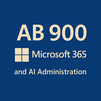
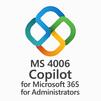
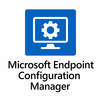
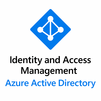




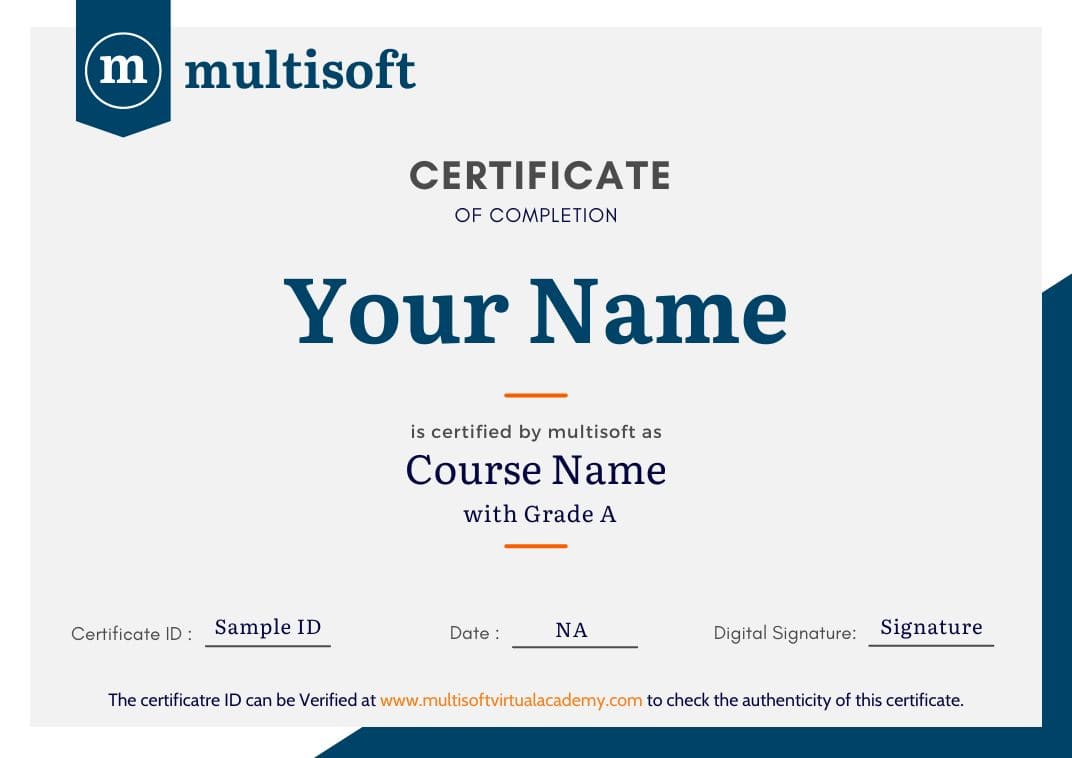
 Join our Live Instructor-Led online classes delivered by industry experts
Join our Live Instructor-Led online classes delivered by industry experts